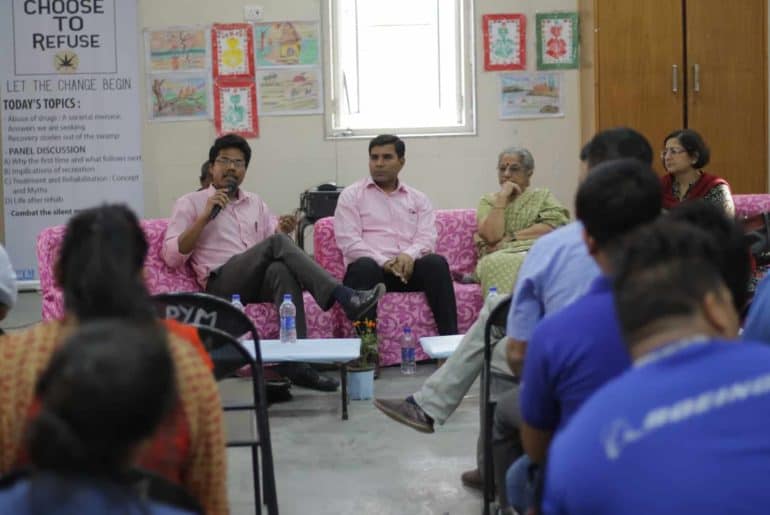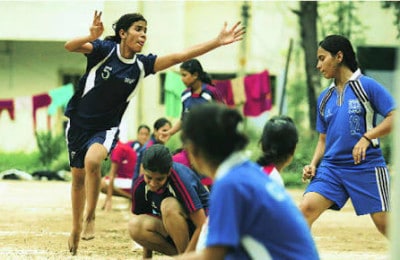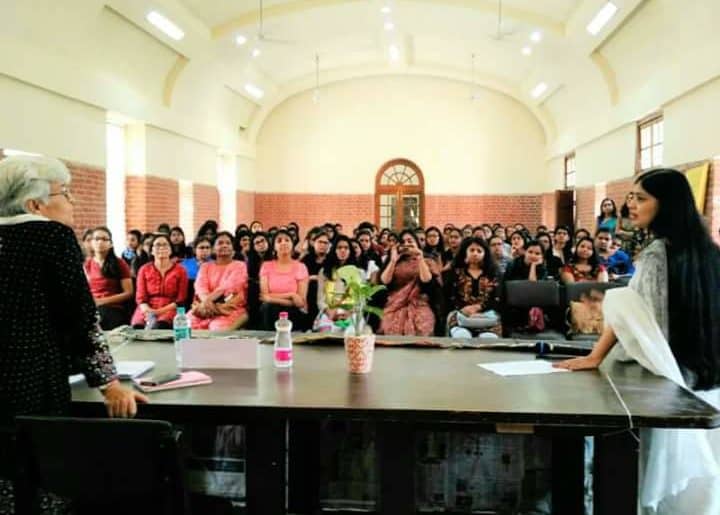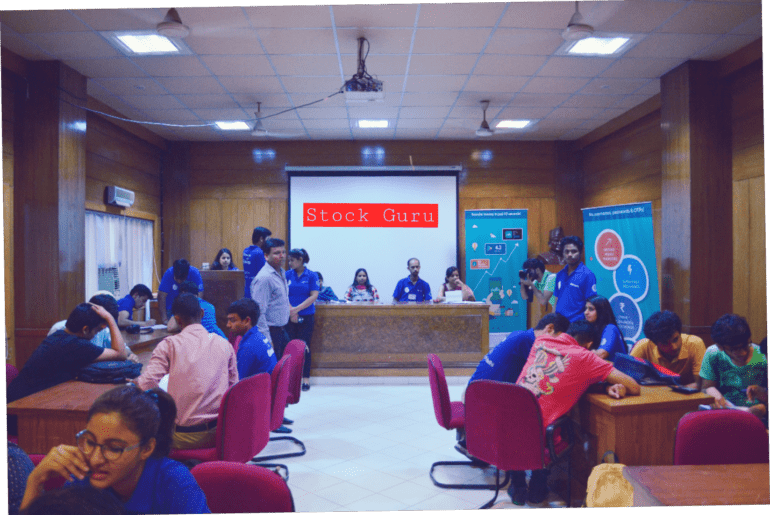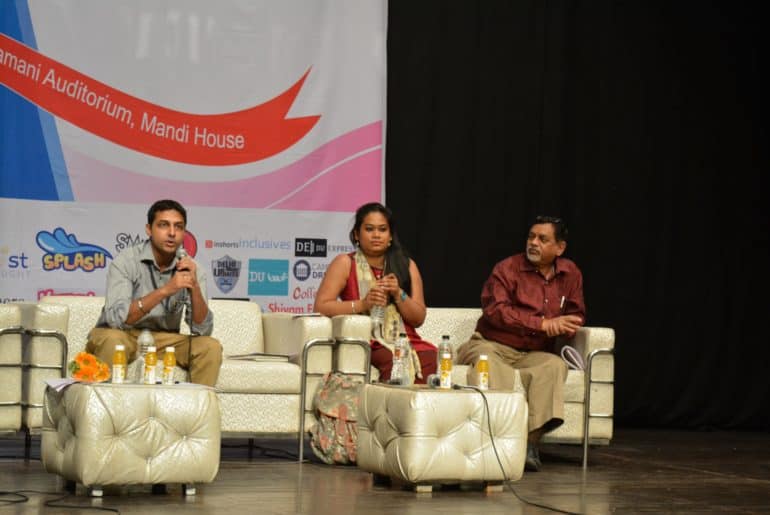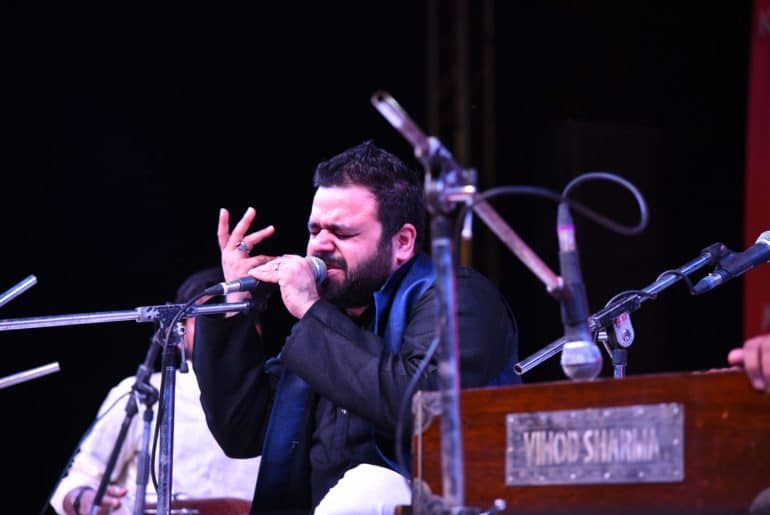“Teach the youth well about the way they should go; even when they are old, they won’t depart from it.”
Believing in the power of youth, students from Ramjas College working with Project Bawarchi held a campaign against Drug Abuse – “Choose to Refuse” on 17th April 2017, in Sewa Kutir Complex, Mukherjee Nagar, New Delhi.
Project Bawarchi works with rehabilitated victims of drug abuse to instill life skills in them and assist in their reintegration to the society by making them independent entrepreneurs. The Project has taken the initiative to bring awareness and educate victims about the menace of drug abuse in society.
The event invited panelists from different walks that work towards eradicating the menace of drug abuse. Swapnil Tewari, the CEO of Livemad and the youngest social entrepreneur to be featured in Forbes magazine was invited to help bring better ideas about the reintegration of the community members back into the society. Dr. Ravindra Nath, a public health expert helped us know about the existing treatments and myths about drug abuse, with his expertise coming from a medical background. Ms. Aparna Khanna and Ms. Mridula Seth, professors from Lady Irwin College, were a part of the event to help us understand the psychological reform of drug abuse. Mr. Subhash Gautam, Superintendent, Deptt. of Women and Child Development was also present to help us gauge a view from the government’s perspective.
Rightly said by Robert Frost, “Drugs take you to the hell, disguised as heaven.”
The community members working under Project Bawarchi explained the harsh stories about the dark past and how they have been scarred for life because of one evil substance. The discussions between the college students and panelists were done in the presence of the community members to help the youth understand the myths related to the use of drugs, the life after drugs, and the severe downfall that drugs result into.
Drugs don’t help us skip the issues, they only let us escape the reality that furthermore spoils the past, the present and definitely the future.
The members of Project Bawarchi kept a panel discussion on some topics that intrigued the minds of the college youth about the details of topic. The major question that was discussed was ‘Why the first time and what follows next?’
In the event, they also discussed the treatment of rehabilitation, especially the reality and the myths associated with it. The community members were involved in the discussion to hear directly from the experts, and to understand their life after rehab. As a conclusion, we realised this is an essentially contested concept and hence, every stakeholder holds a different view working towards the same aim.
Towards the end of the event, Mr. Shibendu rightly ended it for all saying it’s not the time to lose hope and even if you have fallen into the maze, there’s still a second chance everyday. The first step towards coming out is when you decide that you’re done with all the uncertainty of drugs and you’re not going to stay where you are.
Project Bawarchi is planning to launch a full-fledged campaign from the new academic session while establishing the credibility of the campaign in due course and mobilising people from different walks who are working in this field. This would help bring a difference in terms of the demand reduction of drugs in the first place. The organisation need more youngsters indulging in such works that focus on the transformation of the society on the ground level and not only on paper.
CHOOSE TO REFUSE – Let the change begin.
Image credits: Project Bawarchi
Content by Project Bawarchi

